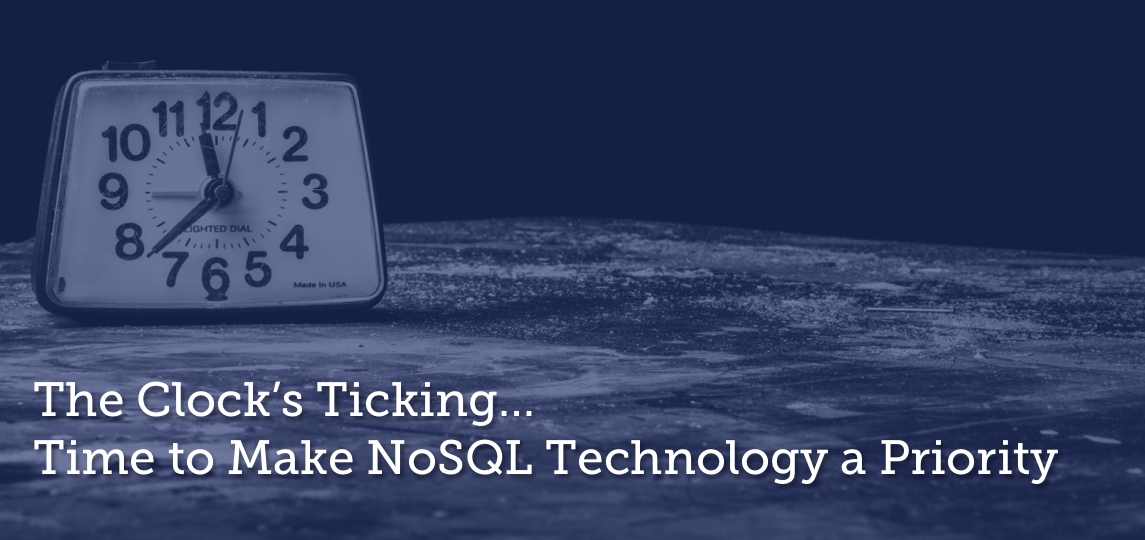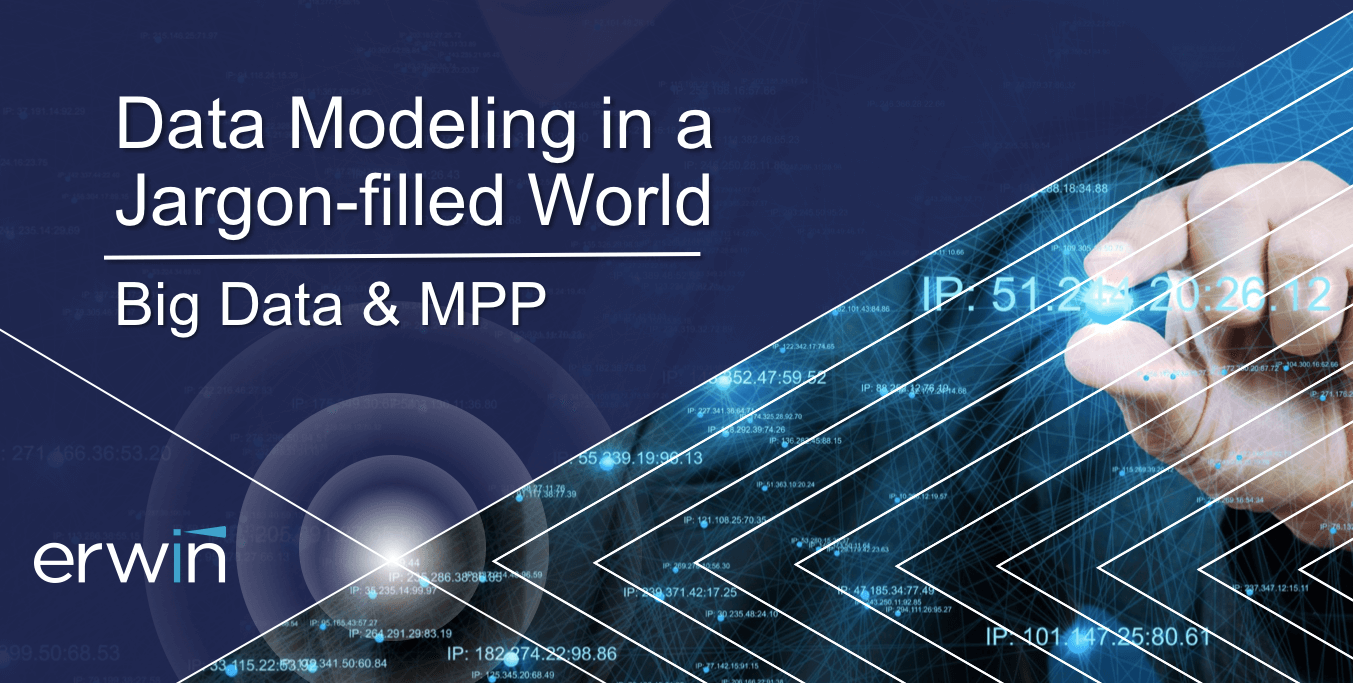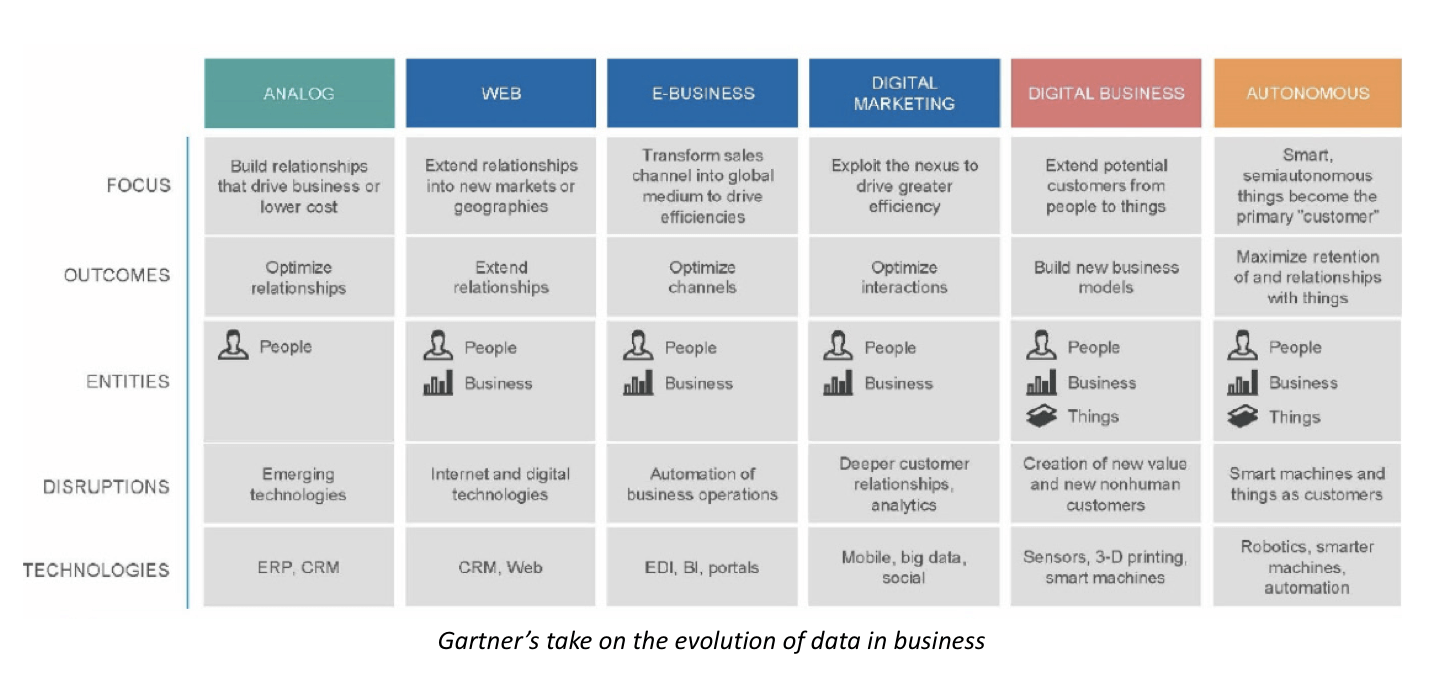Getting the most out of your data requires getting a handle on data lineage. That’s knowing what data you have, where it is, and where it came from – plus understanding its quality and value to the organization.
But you can’t understand your data in a business context much less track data lineage, its physical existence and maximize its security, quality and value if it’s scattered across different silos in numerous applications.
Data lineage provides a way of tracking data from its origin to destination across its lifespan and all the processes it’s involved in. It also plays a vital role in data governance. Beyond the simple ability to know where the data came from and whether or not it can be trusted, there’s an element of statutory reporting and compliance that often requires a knowledge of how that same data (known or unknown, governed or not) has changed over time.
A platform that provides insights like data lineage, impact analysis, full-history capture, and other data management features serves as a central hub from which everything can be learned and discovered about the data – whether a data lake, a data vault or a traditional data warehouse.
In a traditional data management organization, Excel spreadsheets are used to manage the incoming data design, what’s known as the “pre-ETL” mapping documentation, but this does not provide any sort of visibility or auditability. In fact, each unit of work represented in these ‘mapping documents’ becomes an independent variable in the overall system development lifecycle, and therefore nearly impossible to learn from much less standardize.
The key to accuracy and integrity in any exercise is to eliminate the opportunity for human error – which does not mean eliminating humans from the process but incorporating the right tools to reduce the likelihood of error as the human beings apply their thought processes to the work.
Data Lineage: A Crucial First Step for Data Governance
Knowing what data you have and where it lives and where it came from is complicated. The lack of visibility and control around “data at rest” combined with “data in motion,” as well as difficulties with legacy architectures, means organizations spend more time finding the data they need rather than using it to produce meaningful business outcomes.
Organizations need to create and sustain an enterprise-wide view of and easy access to underlying metadata, but that’s a tall order with numerous data types and data sources that were never designed to work together and data infrastructures that have been cobbled together over time with disparate technologies, poor documentation and little thought for downstream integration. So the applications and initiatives that depend on a solid data infrastructure may be compromised, resulting in faulty analyses.
These issues can be addressed with a strong data management strategy underpinned by technology that enables the data quality the business requires, which encompasses data cataloging (integration of data sets from various sources), mapping, versioning, business rules and glossaries maintenance and metadata management (associations and lineage).
An automated, metadata-driven framework for cataloging data assets and their flows across the business provides an efficient, agile and dynamic way to generate data lineage from operational source systems (databases, data models, file-based systems, unstructured files and more) across the information management architecture; construct business glossaries; assess what data aligns with specific business rules and policies; and inform how that data is transformed, integrated and federated throughout business processes – complete with full documentation.
Centralized design, immediate lineage and impact analysis, and change-activity logging means you will always have answers readily available, or just a few clicks away. Subsets of data can be identified and generated via predefined templates, generic designs generated from standard mapping documents, and pushed via ETL process for faster processing via automation templates.
With automation, data quality is systemically assured and the data pipeline is seamlessly governed and operationalized to the benefit of all stakeholders. Without such automation, business transformation will be stymied. Companies, especially large ones with thousands of systems, files and processes, will be particularly challenged by a manual approach. And outsourcing these data management efforts to professional services firms only increases costs and schedule delays.
With erwin Mapping Manager, organizations can automate enterprise data mapping and code generation for faster time-to-value and greater accuracy when it comes to data movement projects, as well as synchronize “data in motion” with data management and governance efforts.
Map data elements to their sources within a single repository to determine data lineage, deploy data warehouses and other Big Data solutions, and harmonize data integration across platforms. The web-based solution reduces the need for specialized, technical resources with knowledge of ETL and database procedural code, while making it easy for business analysts, data architects, ETL developers, testers and project managers to collaborate for faster decision-making.












